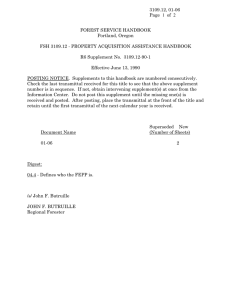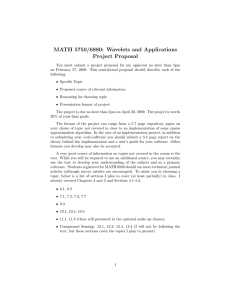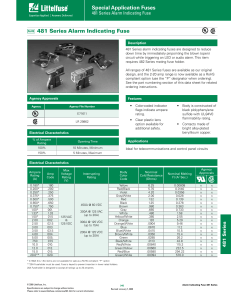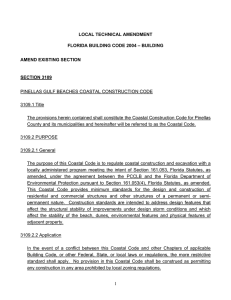Section 3.8, problem 6. Section 3.8, problem 28.
advertisement
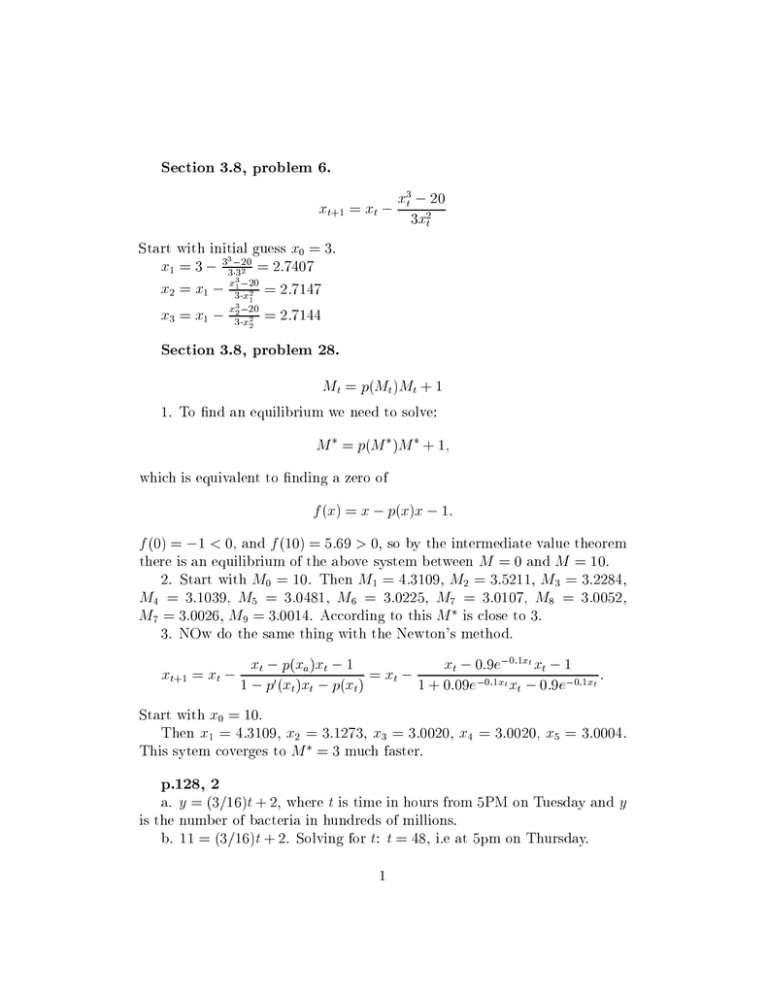
Section 3.8, problem 6. +1 = xt 3 xt xt 20 3x2 t Start with initial guess 0 = 3. 3 20 3 1=3 333 2 = 2 7407 1 20 2= 1 3 21 = 2 7147 3 20 2 3= 1 3 22 = 2 7144 x : x x x x x x : x x : x Section 3.8, problem 28. = ( ) +1 1. To nd an equilibrium we need to solve: Mt M p Mt Mt = p( M ) M + 1; which is equivalent to nding a zero of ( )= f x ( ) x p x x 1 : (0) = 1 0, and (10) = 5 69 0, so by the intermediate value theorem there is an equilibrium of the above system between = 0 and = 10. 2. Start with 0 = 10. Then 1 = 4 3109, 2 = 3 5211, 3 = 3 2284, 4 = 3 1039, 5 = 3 0481, 6 = 3 0225, 7 = 3 0107, 8 = 3 0052, 7 = 3 0026, 9 = 3 0014. According to this is close to 3. 3. NOw do the same thing with the Newton's method. ( ) 1 = 0 9 01 1 +1 = 0 0 1 0 9 01 1 ( ) ( ) 1 + 0 09 Start with 0 = 10. Then 1 = 4 3109, 2 = 3 1273, 3 = 3 0020, 4 = 3 0020, 5 = 3 0004. This sytem coverges to = 3 much faster. f < f : > M M M : M M : xt M : M : M M : xt xt M : M : : M p xa xt p : M : M xt xt xt xt p xt : xt : e : e : xt xt xt : e : xt : x x : x : x : x : x : M p.128, 2 a. = (3 16) + 2, where is time in hours from 5PM on Tuesday and is the number of bacteria in hundreds of millions. b. 11 = (3 16) + 2. Solving for : = 48, i.e at 5pm on Thursday. y = t = t t t t 1 y c. Their culrure is described with 2 = (1 4 16) + 2. Need to solve: y : = t (3 16) + 2 = 2((1 4 16) + 2) = t t : = t : = 32 2 = 160 hours, i.e. at 9am on tuesday a week later. =: p.128, 4 a. 3 , where time step is 2 hours b. 162 107 c. 0 3 d. 2 107 3 = 109, i.e 3 = 50, = 3 57 time units or = 3 57 2 = 7 14 hours xt x t t t t : t : : p.233, 28 b. c. d. (2) = 2, (2 5) = 3 25. Secant line = 2 + 2 5( 2). 2 + 2 . 0 (2) = 2 thousands of cubic microns per minute. It is growing ( 0(2) 0) V V 0 V (t) = : t V : y : t V > p. 234,34 a. (1) = 1 3; (2) = 4. Average rate of change (.4-1/3)/1=1/15 b. = 4 + 0 07( 2) P y = : P : : t 2

